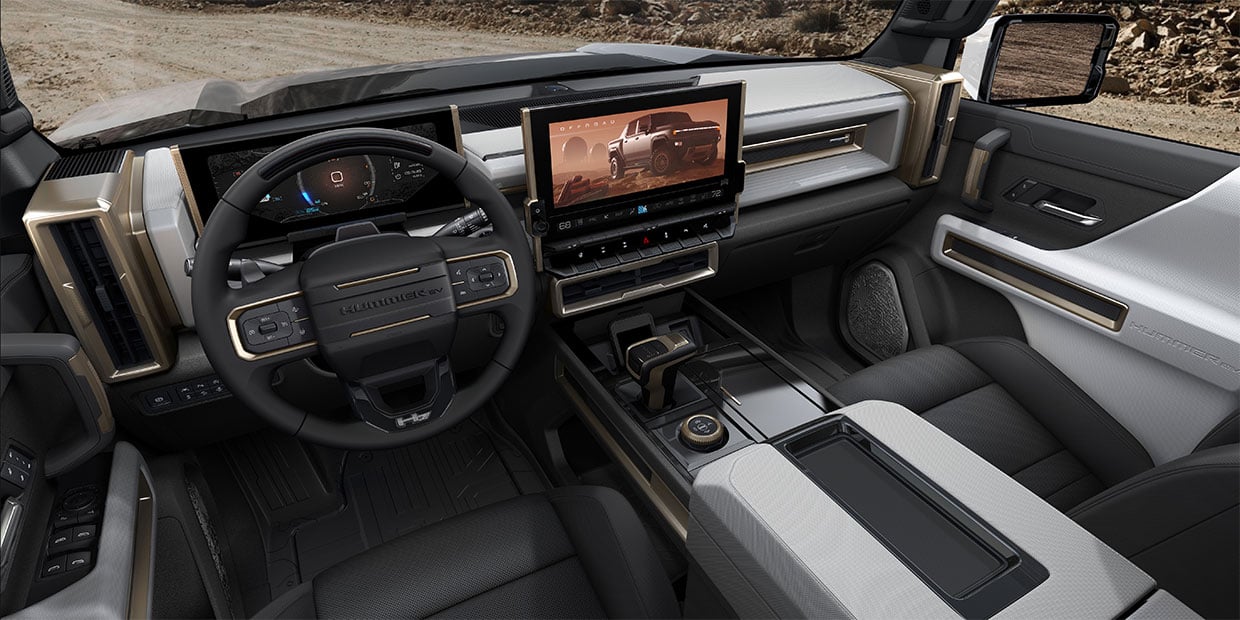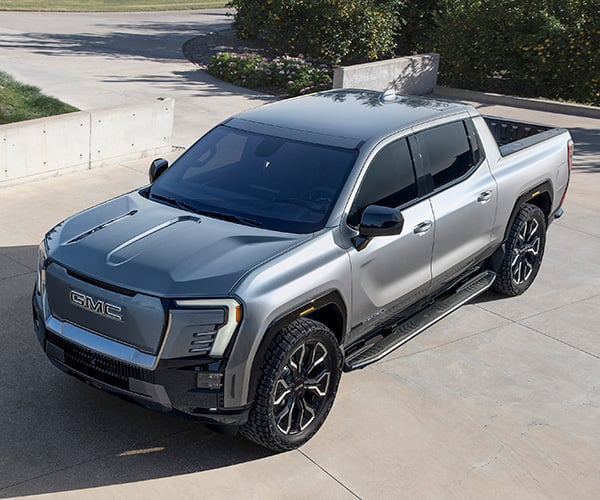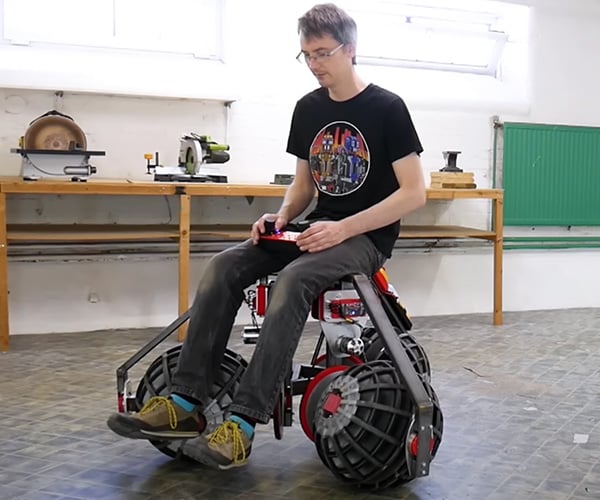Engineering the GMC Hummer EV
engineering | ev | gmc | gmc hummer | simulations
GMC’s new Hummer EV blends brains, brawn, and batteries into one impressive package. Incredibly, the electric truck and SUV were designed and engineered on a timeline about half that of a typical new vehicle. We went behind the scenes at GM’s Milford Proving Grounds for a look at some of the technology that made this possible.
Among the many technological innovations being used to help engineer the Hummer EV is Ansible's "driver-in-the-loop" motion simulator. This incredible system can replicate precise movements and what the driver experiences using a real-time physics model. It's incredibly immersive, and feels just like driving a real vehicle. In fact, the same system is used by NASCAR drivers to practice and prepare their cars for racing. In addition to tuning handling dynamics, these sophisticated digital simulations can also be used to identify issues early in the engineering process and before costly mistakes happen on the production line.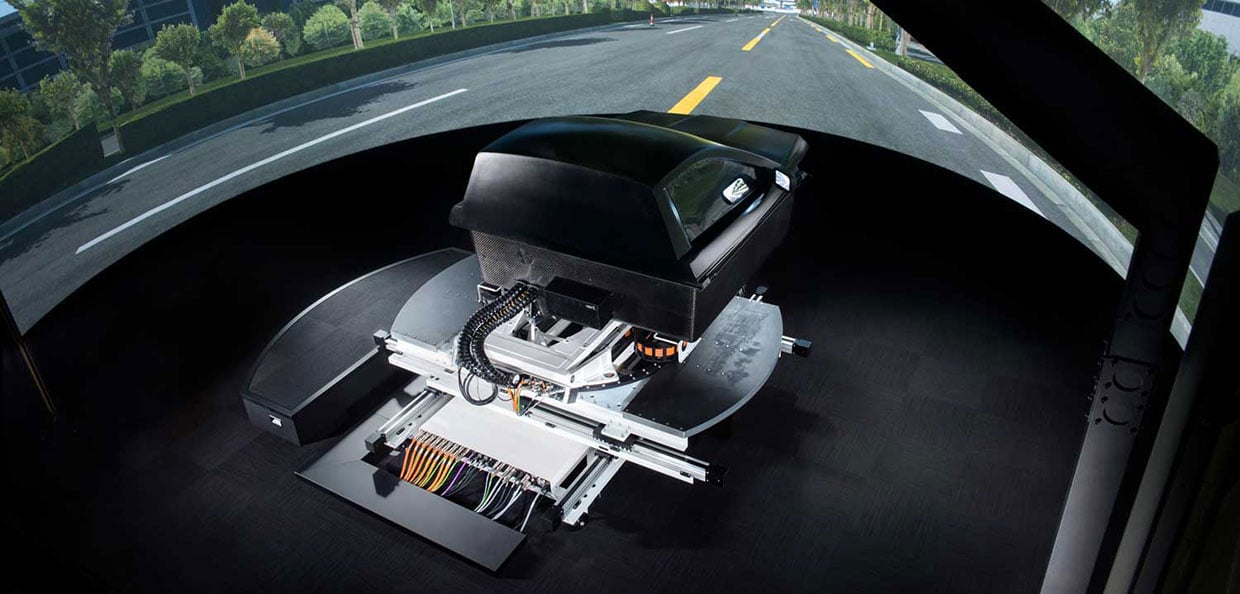
GMC loads their vehicle dynamics simulation with all of the detailed specifications of the Hummer EV, such as its weight distribution, frame geometry, and drivetrain configuration, and equips the simulator with the same kinds of hardware that will go into the production version. The simulator doesn't look anything like a Hummer EV, but the physics engine and motion control system makes it feel exactly like one. In addition, they load a precision LIDAR-mapped copy of their outdoor testing tracks so they can replicate the same dynamics both in the virtual and real worlds, even in the depths of Michigan's winter. 
Data can also be fed into GM's 8-post simulator, an electrically-powered machine which can replicate real-world road conditions using prototype vehicles. This system (shown in the video at the top of this article) is used primarily to tune suspension systems, as well as to shake out noise, vibrations, and harshness from the Hummer's ride. With an engineer sitting in the passenger seat with their laptop, they can adjust the vehicle's suspension tuning in real-time, and see how the ride will feel on a wide variety of terrain. Since the Hummer EV features an adaptive air suspension system, they can use this environment to test and refine the suspension's settings in its various driving modes.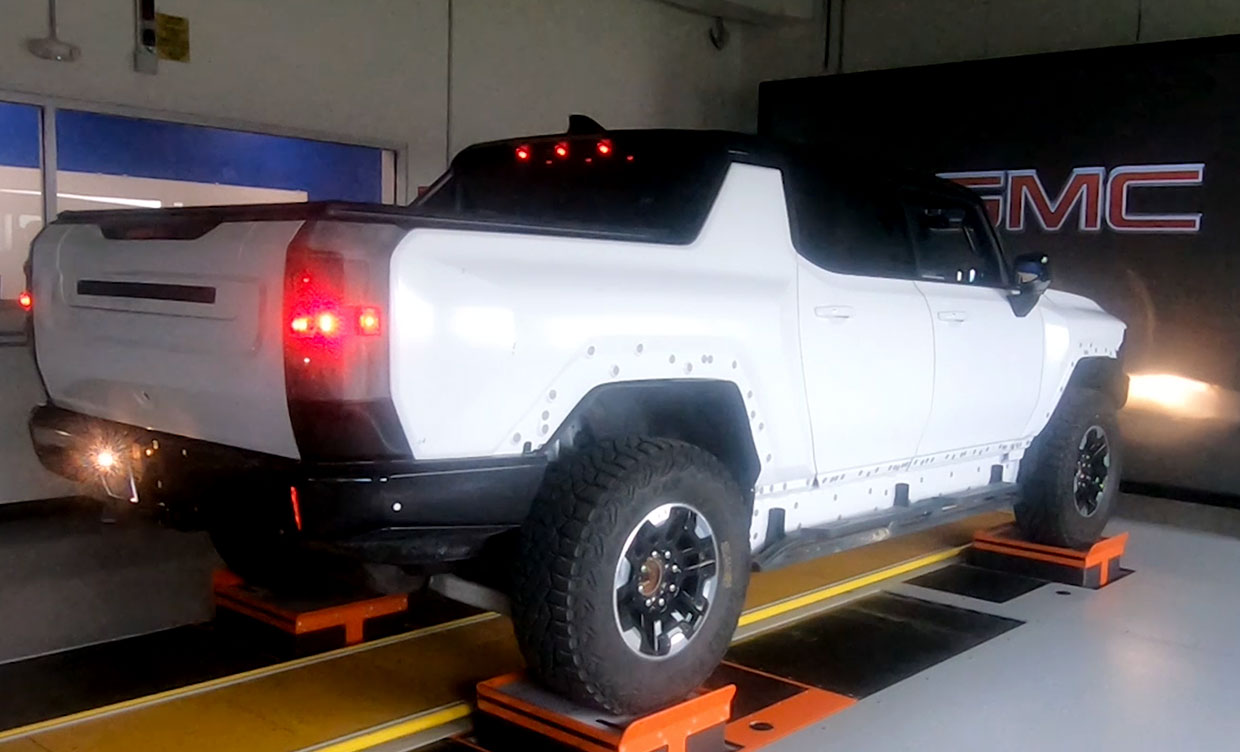
Of course, GMC still uses real-world testing to fine-tune vehicle settings, but their engineering team says that their goal is to get settings within 80% of production values while working in the simulators. They can then load that data into prototype vehicles, which can save a tremendous amount of time when it comes to getting ready for production.
These are just a couple of the engineering and testing methods that GMC used to create the Hummer EV in record time. We were very impressed with the realism of the simulations we got to experience, and it's clear that having the kind of replicable data that can be captured by these systems will only result in a better handling vehicle in the end. We can't wait to compare our virtual Hummer drives with the real deal when it goes into production later this year.